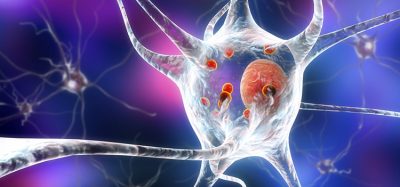A study by researchers from Brigham and Women’s Hospital (BWH) investigated lesser-known molecules involved in tauopathies like Alzheimer’s. They focused on microRNAs (miRNAs), gene expression regulators that bind to and destroy protein-encoding messenger RNAs. They discovered that some of these miRNAs showed neuroprotective effects; their supplementation, therefore, holds potential as a treatment for tauopathies.
The researchers looked at several miRNAs but focused on miR-132, which previous research has shown is downregulated in Alzheimer’s and other tauopathies. They discovered that miR-132 seemed to protect against toxic amyloid-beta and tau in both rodent models and human neurons.
“Our results support the idea that miR-132 is a master regulator of neuronal health with potential as a treatment target,” said lead investigator and BWH scientist, Dr Anna Krichevsky.
The team first looked at primary cortical and hippocampal neurons taken from both normal and tauopathic mice. To examine the neuroprotective properties of naturally occurring miRNAs, they tested 63 neuronal miRNAs, then inhibited them with miRNA-binding molecules called anti-miRNAs. They found that inhibition of some miRNAs seemed to protect against, and others to exacerbate, amyloid-beta pathology and associated glutamate excitotoxicity. Of these, miR-132 was the most neuroprotective miRNA.
They confirmed the neuroprotective properties of miR-132 by designing miR-132 mimics and introducing them to the mouse cells. They observed reduced levels of toxic forms of tau, glutamate excitotoxicity and cell death. They also examined miR-132 supplementation in live mice models of human neurodegenerative disease by injecting miR-132 by way of a viral vector. Compared to controls, miR-132-injected mice showed reduced tau pathology and enhanced hippocampal long-term potentiation, a process involved in memory formation.
When the researchers next introduced miR-132 mimics to human cells, they saw similar results: reduced toxic forms of tau and less cell death.
According to Dr Krichevsky, miRNA research offers a fresh perspective in the search for possible Alzheimer’s treatments. MicroRNAs were discovered more recently than mRNAs and proteins, and their complex roles in multiple biological pathways have caused many to doubt that their manipulation could be a viable therapeutic strategy.
“Now that we have the knowledge and technologies that enable manipulation of miRNA, we can explore new possibilities,” said Dr Krichevsky. “In the last 30 years, research has focused mostly on amyloid. We’re still hopeful about that approach, but we must invest in new strategies as well.”
The study has been published in Acta Neuropathologica.









